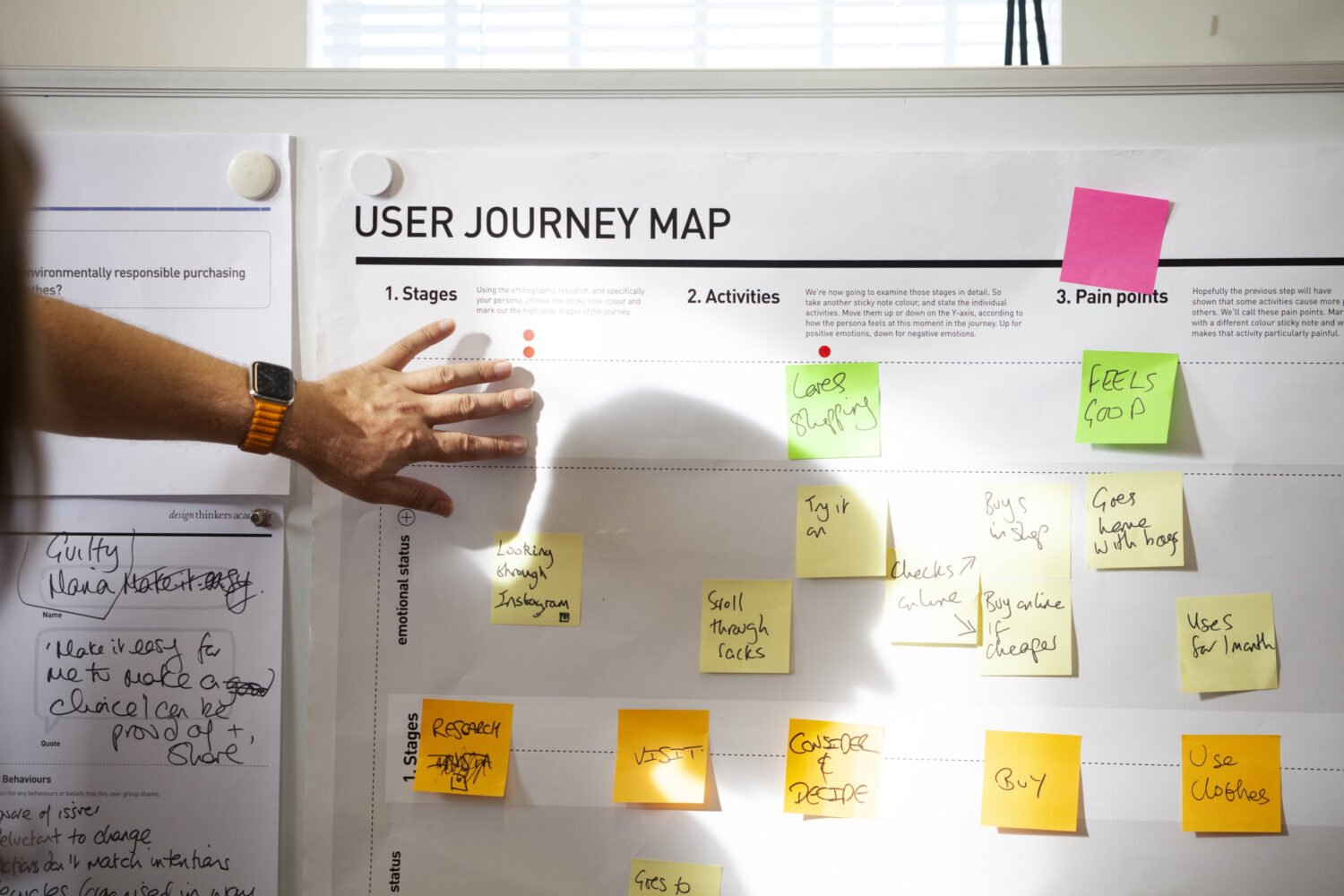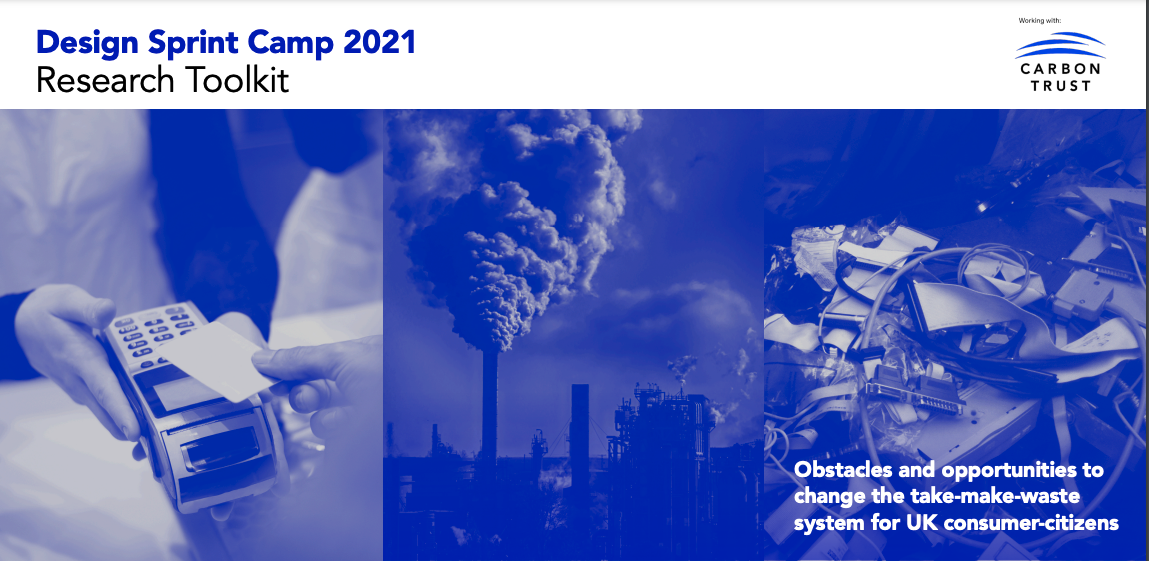
by Matthew Taylor — Mar 23, 2016
What are the three questions you should ask when designing good policy? In this Long Read, Matthew Taylor argues that effective services and policies are built around people. And this means assessing your strategy against the different ways people work together.
Design thinking has become ubiquitous – advocated by everyone from Government ministers to corporate leaders and management consultancies. This is the good news.
As someone with a background in politics, think tanks and Government, I see the design approach – exemplified in the work of the Design Thinkers Academy London – as having major advantages compared to traditional policy making. These include: a recognition of the importance of genuinely understanding the problem to be solved; a deeper sensitivity to what citizens want and, more importantly, what they choose to do in day to day life; a willingness to experiment, learn and refine; a focus on whole systems not just one off interventions.
But as my colleague Sevra Davis has argued, there could be a downside to the popularity of design thinking; the term is in danger of being used too loosely, being used to describe anything from a slightly more open-ended way of making policy to little more than open space workshopping. As a consequence, many people understand parts of the design process but not necessarily how it hangs together.

Different ways to approach innovation
Now, even listening a bit harder and brainstorming may be a step forward from the worst forms of top down policy making, but those of us who champion design thinking should also be working to develop and proselytise for ever more distinctive and rigorous design approaches. It’s good to have a shallow end for those trying out new approaches, but we also need disciplined innovation in the deep end.
One way we are exploring this at the RSA involves the application of what I call ‘social coordination theory’. This is a development of the ideas of the anthropologist Mary Douglas which have been subsequently applied and refined by thinkers from a number of disciplines. The theory in essence is this:
“To be successful and resilient, human beings need to work together. This is as true of small bands of hunter gatherers as of the sophisticated city dwellers of the 21st century. Four foundational modes of coordination reflect our formative experiences as human beings and have each persisted because at different times and in different ways they convey evolutionary advantages”.
The best solutions to complex social challenges combine the different strengths of each mode of coordination while avoiding their weaknesses.
Each time we choose one or more modes, or find ourselves confronted by them, we attach to them expectations, rationales and values. Each is a predisposition held in different measures by every individual and each, alone or combined, is a cultural phenomenon, a collective way of seeing and interpreting the world.
Modes of coordination
Each of the modes is deep and broad. They have many dimensions and expressions and they are rarely if ever seen in a pure, undiluted, form. Nevertheless, it is perfectly possible to give an adequate description in one paragraph.
The hierarchical mode seeks to solve the social coordination challenge through leadership, authority and expertise encoded in forms of bureaucracy and rules. The solidaristic mode is based on some idea of equality and shared membership and mobilises the power of values and mutual obligation. The individualistic mode eschews strong coordination in favour of a reliance on individual aspiration, competition, enterprise and innovation. Finally, the fatalistic mode tends to view social coordination as intractable or else that the attempt to solve social problems through coordination is unlikely to save us from the things that makes it hardest to be human.
“As well as creative process, design thinking needs to develop robust and stimulating ideas about the nature of social materials; their qualities and the challenges of combining them into system changing solutions”.
Whenever people try to solve problems together, particularly complex problems involving other people, these different modes will be available and will have their advocates. To take one example, responding to the threat of climate change.
Advocates of the hierarchical mode will emphasise the need for action by institutions guided by leadership and expertise. Advocates of the solidaristic mode will focus more on values, calling on citizens of the West to change to more globally sustainable and socially just patterns of consumption. Advocates of the individualistic mode are more likely to be sceptical about the need for collective action and to put their faith in market incentives and technological innovation. While fatalists will tend to distrust the science or be resigned to disaster.
The best solutions to complex social challenges combine the different strengths of each mode of coordination while avoiding their weaknesses. The hierarchical mode can be powerful and strategic but also overbearing and bureaucratic. The solidaristic mode can be mobilising and inclusive but it also defensive and tribal. The individualistic mode can be dynamic and creative but also selfish and irresponsible. Even fatalism has two sides – scepticism and realism are useful, cynicism and resignation are not.

Bringing people together
What has this to do with design thinking? The principle is that good solutions will demonstrate a capacity to combine each of the three active modes of coordination (fatalism is always there in the background but less important to making change) and manage the inevitable tensions between them. Each active mode can be thought of as a source of social energy and a way of creating solutions. Therefore, we should ask of any proposed solution ‘how does it use the power of institutions, how does it mobilise the power of shared values and how does it unleash the power of enlightened self-interest.’ Take my word for it, by these criteria, most policy strategies would be found wanting.
Designers of objects bring a deep understanding of materials to their creative process. The material of service and policy design is people and the different ways they do things together. As well as creative process, design thinking needs to develop robust and stimulating ideas about the nature of social materials; their qualities and the challenges of combining them into system changing solutions.

